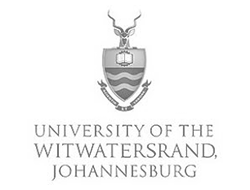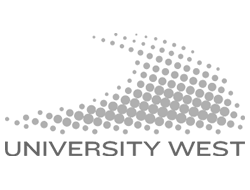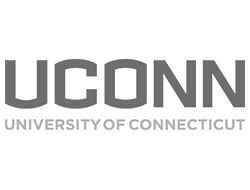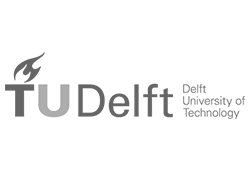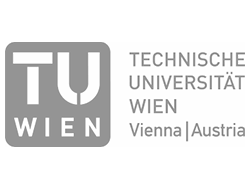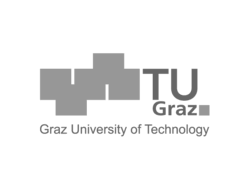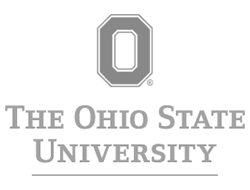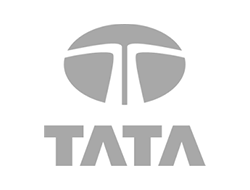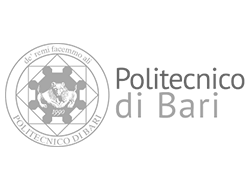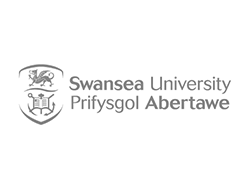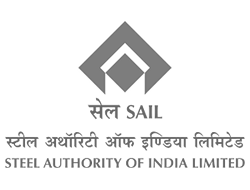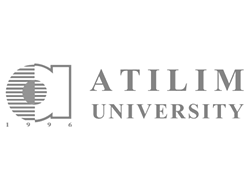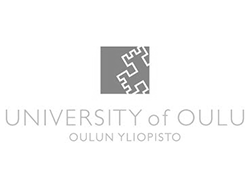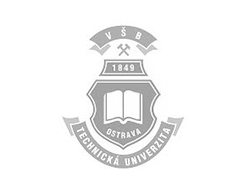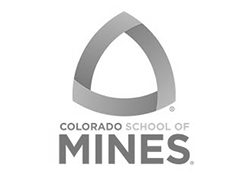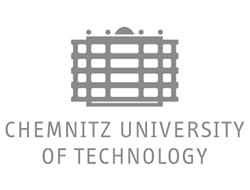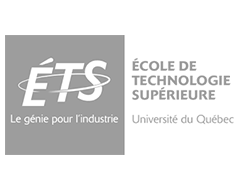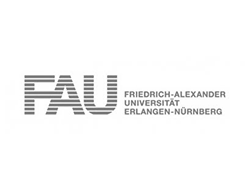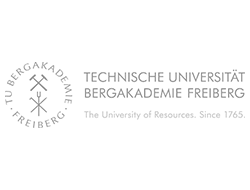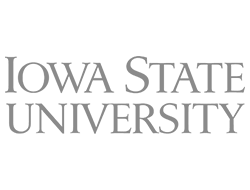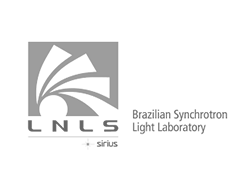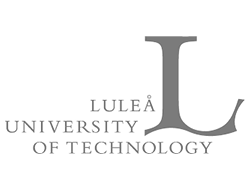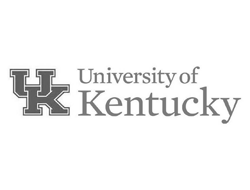British Steel Laboratories (Corus/Tata)
The Gleeble 1500 at British Steel Technical Swinden Laboratories with (left to right) Dr. Zulfiqar Husain, John Marsden, Paul Fowkes, and Steve Ayre.
The machine has also been used for thermomechanical simulation. After overcoming the set-up problems associated with the heating of the samples and the use of high strain rates, the Gleeble 1500 has been successfully used for thermomechanical treatments on various types of steel including austenitic stainless, HSLA and low alloy steels. Strain rates of up to 150 s-1 have been employed and multipass deformation has also been carried out.
Thermomechanical simulation is being used primarily for the modelling of microstructure evolution following hot deformation. Swinden Laboratories has an active modelling group covering areas of Finite Element Modelling (FEM) and microstructure modelling of strip, plate and rod rolling and forging at hot and warm temperatures. The FEM is used to predict the temperature, strain and strain rate distribution during forming processes and the output is coupled to microstructure evolution algorithms to predict the final microstructure and hence properties. The Gleeble 1500 simulations are used for the development, fine tuning and validation of the algorithms.
One of the difficulties in using compression to simulate deformation during working arises due to the non-uniformity of strain in the specimens. It is therefore essential to determine the strain distribution in the Gleeble specimens. FEM has been used to model the Gleeble deformation of plane strain specimens of austenitic stainless steels to predict strain distribution in the central section. The predicted strains have been verified by grain strain measurements using the IBAS image analysis system. The figure shows the FEM prediction of strain in the whole specimen and in the central section. The FEM prediction and the experimental results were in reasonable agreement as shown.
FEM prediction of strain in the whole specimen and in the central section.
Constitutive equations for the recrystallization kinetics and recrystallized grain size in austenitic stainless steels have been modified and validated using these simulations. Work is in progress for the development of constitutive equations for microstructure evolution during two-pass rolling of austenitic stainless and plain carbon steels. The use of the Gleeble has also been planned for determination of flow curves for various steels at elevated temperatures employing both plane strain and uniaxial compression.
In addition to HAZ and modelling work, the Gleeble 1500 is also being used for hot tensile testing to determine the hot ductility of continuously-cast low alloy steels in order to optimize reheating procedures for the thermal crack-prone engineering steels produced as continuously cast bloom. The hot ductility obtained from simulations, coupled with a knowledge of the structural and transformation characteristics of coarse grained materials, has enabled suitable practices for a wide range of steels to be defined. Furthermore, the cooling profile during continuous casting has been successfully reproduced using the Gleeble 1500, which allows its effect to be determined on the product microstructure.
The scope of modelling is ever expanding at Swinden Laboratories and consequently the demand for thermomechanical simulation based on the Gleeble 1500 will continue to grow.
This article first appeared in the Gleeble® Newsletter — Winter 1993/94.




